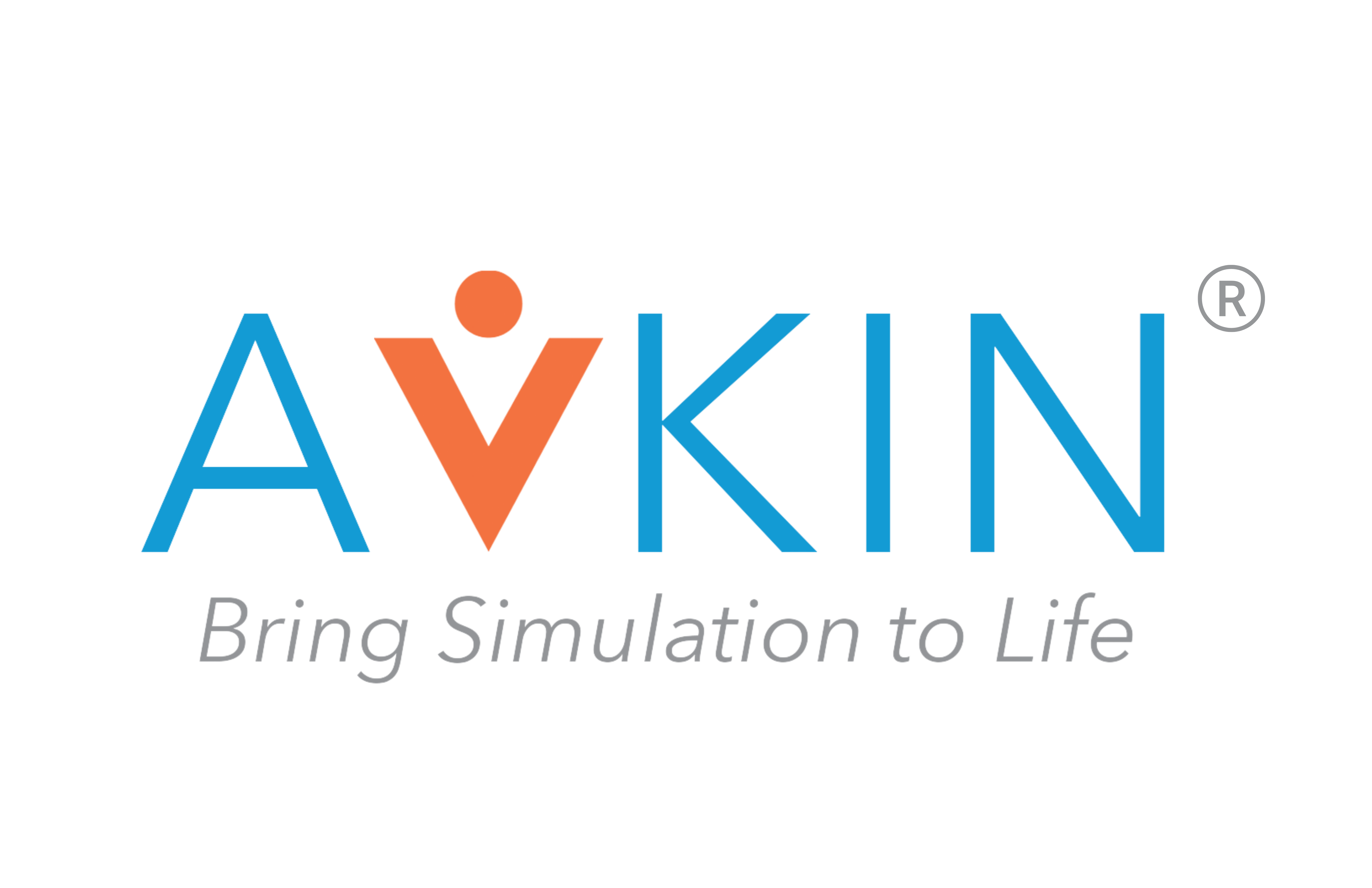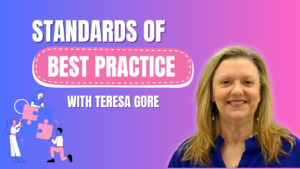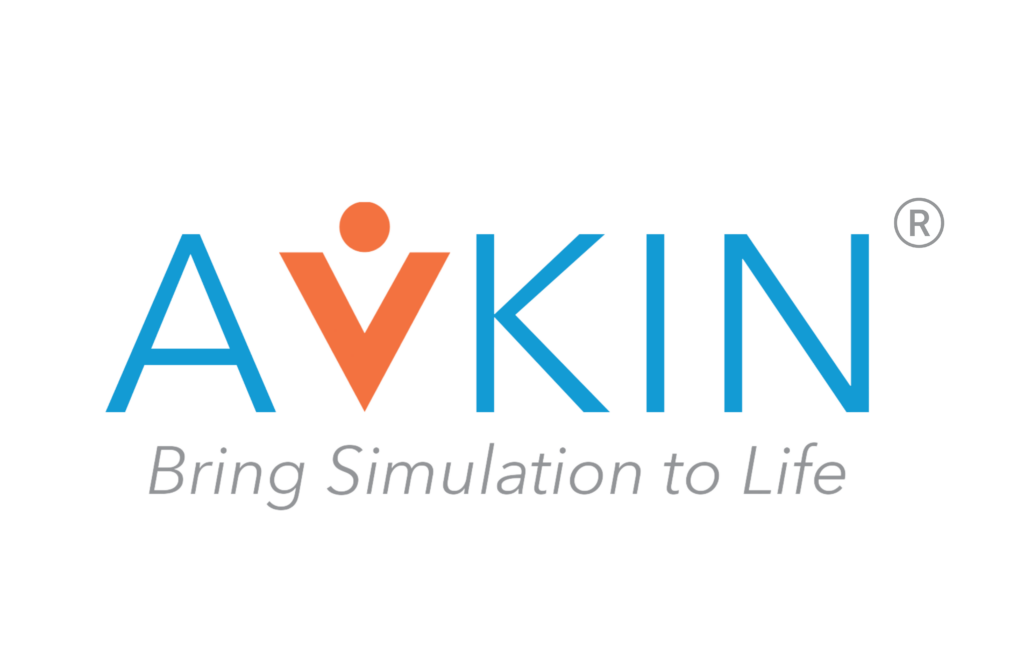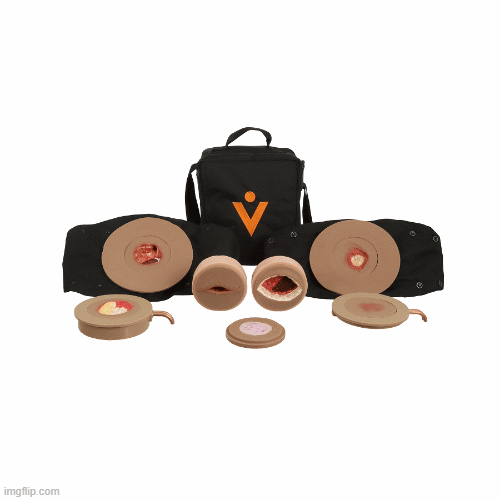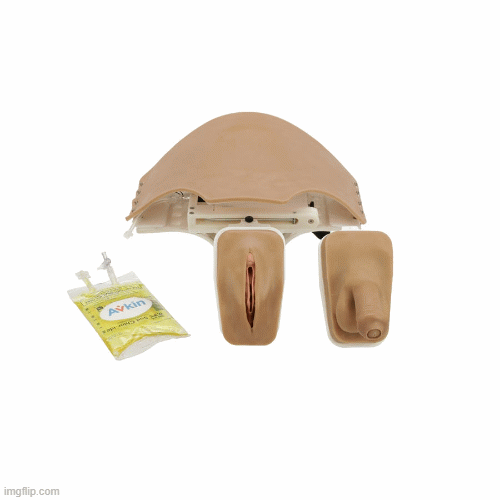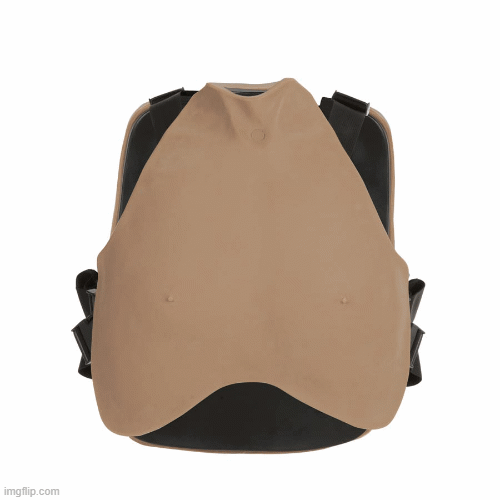In light of COVID-19, healthcare simulation and education, in general, found themselves having to make drastic changes to ensure the safety of learners, educators, simulated participants (SPs), and anyone else who may be involved in the process. However, it is still important for learners to practice communication and other soft skills crucial to patient interaction.
While many schools turned to avatar-based simulation as an emergency stopgap, the fidelity of interacting with a human cannot be mimicked by an algorithm. Yes, such programs may check a box, but if your goal is to truly bridge the gap and impact patient safety in a positive way, click-and-point simulations fall short of improving learner experiences. Fortunately, Avkin’s Virtual SP Solution does all of this and more.
Simulation programs that have turned to the Virtual Simulated Participant Solution already have learners adjusting to the different attitudes and needs of the Simulated Participant with whom they are interacting. Working in groups, the learners collaborated when deciding next steps and worked as a team to overcome social and conversational obstacles presented to them. The learners quickly adapted their individual approaches and connected the dots between didactic and practical applications, fully embracing their skillset.
Rather than selecting one of a few multiple choices presented to them, the learners had to change their communication tactics to ensure the human on the other end received the best advice and care. Seeing a learner’s facial expression change to realization and understanding is one of the biggest rewards educators can receive.
However, most learning happens in debriefing. Debriefing with an avatar can’t include the emotions or concerns the patient may have had. When an incorrect answer is clicked, the learner is just asked to try again. In human simulation, the learner needs to pivot and regain control of the conversation and more importantly, learn to restore the patient’s faith in the learner’s abilities. Debriefing with a human sharpens these skills and provides a safe environment for learners to improve.
Ultimately, this teaching style can be used to provide ongoing education, address just-in-time training needs, or used as part of an onboarding process. Continuing education can keep moving forward while being intentional, not mundane.
While there are several options for virtual medical education available, Avkin’s Virtual Standardized Patient Solution is the only one implementing real live humans. To learn more about Avkin’s Virtual SP Solution, or to schedule a meeting to learn more, click here.
